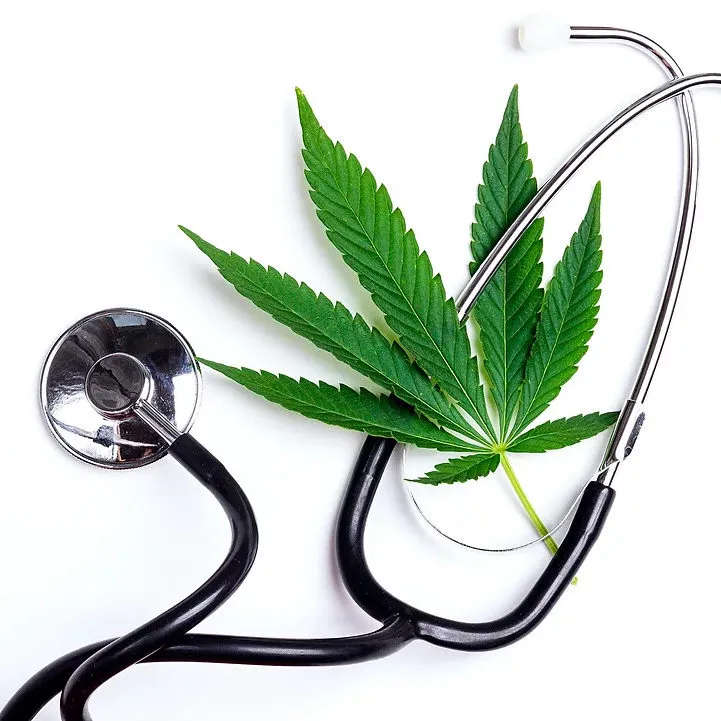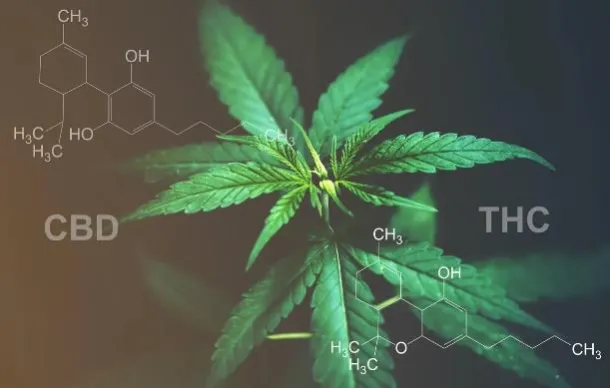Cannabinoids: Nature’s Therapy Explained
All high-quality crops, including cannabis, require attention to detail and largely depend on their climate i.e., soil and weather conditions and avoiding infestations throughout the grow-cycle. How and when a crop is harvested and processed also play key roles in the quality of the final product. Medicinal grade cannabis produces an abundance of native compounds known as, cannabinoids and terpenes. Preserving these compounds in their natural form is key to the efficacy of any infused product without using masking agents or alternative active ingredients, naturally derived or not.
Here goes your text ... Select any part of your text to access the formatting toolbar.
I am a heading
Here goes your text ... Select any part of your text to access the formatting toolbar.
In the mid-1990’s, Israeli scientist Dr. Raphael Mechoulam discovered CBD while researching THC. Known as the Godfather of CBD his findings revealed that a healthy and balanced (ECS) Endocannabinoid System was critical to maintaining homeostasis in the body and that the ECS receptors (CB1 and CB2) playing a crucial role in the immune and nervous systems, balancing and acting as a bridge between the body and the mind.
Both receptors are found throughout the cells of the body but the CB1 receptor is highly expressed in the brain, spinal cord, and nervous system.
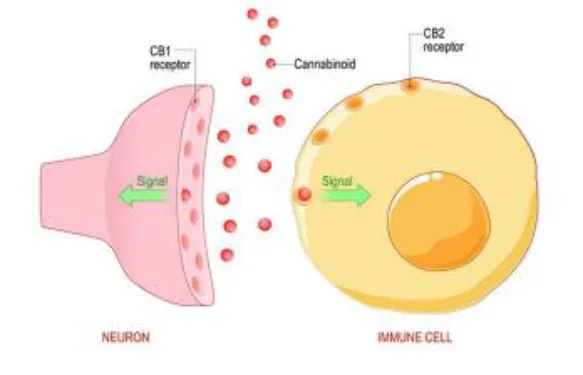
Like opiates, THC binds to the CB1 receptor shielding it from the pain signals of the neuron. Therefore, if your symptoms are neuropathic such as spasms, seizures, tremors, neuropathy or migraines to name a few, the question isn’t, do you need THC, it becomes, how much? And that varies by individual and several other factors. Products infused with pure CBD (cannabidiol) isolate, hemp seed oil and/or claim to have zero THC-like broad spectrum even in very high quantities will likely provide little relief if any from neuropathic-related symptoms. To be effective, those products require masking agents and/or alternative actives like camphor, lidocaine, menthol, arnica, pepper, peppermint and/or turmeric to produce results.
For example, hemp seed/hemp oil is an excellent nutrient and skin moisturizer when used topically. However, it contains less than >50ppm (parts per million) of CBD which means, without the use of masking agents and/or alternative actives the product will be of little to absolutely no benefit for pain, anxiety, or inflammation.
Conclusion: If you’re paying for a product that is labeled as, Cannabis, CBD or Hemp infused then the Cannabis, CBD, or Hemp should be the primary “active” ingredient in the product.
The Plant, Nature’s Therapy Explained
All high-quality crops, including cannabis, require attention to detail and largely depend on their climate i.e., soil and weather conditions and avoiding infestations throughout the grow-cycle. How and when a crop is harvested and processed also play key roles in the quality of the final product. Medicinal grade cannabis produces an abundance of native compounds known as, cannabinoids and terpenes. Preserving these compounds in their natural form is key to the efficacy of any infused product without using masking agents or alternative active ingredients, naturally derived or not.
Here goes your text ... Select any part of your text to access the formatting toolbar.
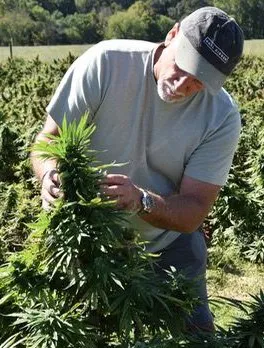
To ensure the highest quality of any crop requires attention to detail, throughout the grow cycle. How and when a crop is harvested and processed and preserved is equally important to product efficacy.
Medicinal-grade cannabis produces an abundance of native compounds, known as cannabinoids and terpenes. The concentration and ratio of these native compounds are key to product efficacy and can eliminate the need to add synthetics or masking agents to be effective.
The most common types of cannabis are:
- Cannabis Sativa-L aka Industrial Hemp this plant is high in fiber. The seeds are primarily used as a nutrient in food and topicals and the stalks are used to make textiles and building materials. Note the seeds and seed oil contain less than 50ppm (parts per million) of CBD and have no medicinal benefit.
- Feminized Cannabis Sativa aka Medicinal Hemp, this plant is low in fiber with high concentrations of CBD and other compounds. Federal law requires Hemp contain >0.3% THC to be legal. Feminized flowers are unpollinated and therefore contain NO seeds.
- Feminized Cannabis Indica aka Medicinal Cannabis, this plant is also low in fiber with high levels of THC and low levels of CBD and other compounds. Feminized flowers are unpollinated and therefore contain NO seeds.
Cross-breeding medicinal Sativa and Indica plants creates a third strain known as Hybrid. Depending on which plant is the male and which is the female Hybrid strains will be Sativa dominant or Indica dominant.
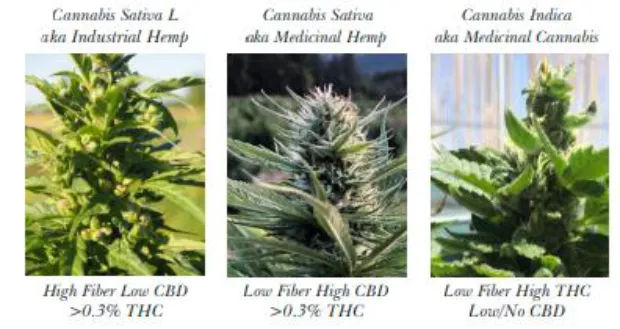
I am a heading
Thi is just a lede paragraph.
To ensure the highest quality of any crop requires attention to detail, throughout the grow cycle. How and when a crop is harvested and processed and preserved is equally important to product efficacy.
Medicinal-grade cannabis produces an abundance of native compounds, known as cannabinoids and terpenes. The concentration and ratio of these native compounds are key to product efficacy and can eliminate the need to add synthetics or masking agents to be effective.
To ensure the highest quality of any crop requires attention to detail, throughout the grow cycle. How and when a crop is harvested and processed and preserved is equally important to product efficacy.
Medicinal-grade cannabis produces an abundance of native compounds, known as cannabinoids and terpenes. The concentration and ratio of these native compounds are key to product efficacy and can eliminate the need to add synthetics or masking agents to be effective.
The most common types of cannabis are:
- Cannabis Sativa-L aka Industrial Hemp this plant is high in fiber. The seeds are primarily used as a nutrient in food and topicals and the stalks are used to make textiles and building materials. Note the seeds and seed oil contain less than 50ppm (parts per million) of CBD and have no medicinal benefit.
- Feminized Cannabis Sativa aka Medicinal Hemp, this plant is low in fiber with high concentrations of CBD and other compounds. Federal law requires Hemp contain >0.3% THC to be legal. Feminized flowers are unpollinated and therefore contain NO seeds.
- Feminized Cannabis Indica aka Medicinal Cannabis, this plant is also low in fiber with high levels of THC and low levels of CBD and other compounds. Feminized flowers are unpollinated and therefore contain NO seeds.
Cross-breeding medicinal Sativa and Indica plants creates a third strain known as Hybrid. Depending on which plant is the male and which is the female Hybrid strains will be Sativa dominant or Indica dominant.

I am a heading
Here goes your text ... Select any part of your text to access the formatting toolbar.
The most common types of cannabis are:
- Cannabis Sativa-L aka Industrial Hemp this plant is high in fiber. The seeds are primarily used as a nutrient in food and topicals and the stalks are used to make textiles and building materials. Note the seeds and seed oil contain less than 50ppm (parts per million) of CBD and have no medicinal benefit.
- Feminized Cannabis Sativa aka Medicinal Hemp, this plant is low in fiber with high concentrations of CBD and other compounds. Federal law requires Hemp contain >0.3% THC to be legal. Feminized flowers are unpollinated and therefore contain NO seeds.
- Feminized Cannabis Indica aka Medicinal Cannabis, this plant is also low in fiber with high levels of THC and low levels of CBD and other compounds. Feminized flowers are unpollinated and therefore contain NO seeds.
Cross-breeding medicinal Sativa and Indica plants creates a third strain known as Hybrid. Depending on which plant is the male and which is the female Hybrid strains will be Sativa dominant or Indica dominant.
Phyto-Cannabinoids (Cannabinoids)
Here goes your text ... Select any part of your text to access the formatting toolbar.
There are hundreds of cannabinoids in the cannabis plant. The two most popular medicinal cannabinoids are CBD and THC. There are also medicinal terpenes in every plant which are responsible for the fragrance of every plant. Cannabis can have fruity, flowery, and piney fragrances or any combination of those scents. The cannabinoid and terpene profiles help determine the origin and medicinal benefits of the strain. Native cannabinoids and terpenes are extracted from the plant using several methods such as Co2, cold-pressed, or RSO, to name a few. There are four primary types of these oil extractions, Full Spectrum, Broad Spectrum, Isolate, and Hemp Seed Oil or Hemp Oil. Some but not all extracts require additional ingredients to be effective.
These highly concentrated extracts are used to make most products. The natural efficacy of the product can vary widely depending on the potency and ratio of the natural extract. The method of consumption the individual the symptoms and or the condition being treated also play a role in efficacy.
Learn More
Visit our blog for in-depth articles on the science of CBD.
If you suffer from an acute condition or chronic symptoms and over the counter products, including Cannaisseur Brands’ products, DO NOT deliver the results you expect, consider consulting with a cannabis therapy expert.
“Everyone deserves the medicine they need”
Aryn Sieber 2014
